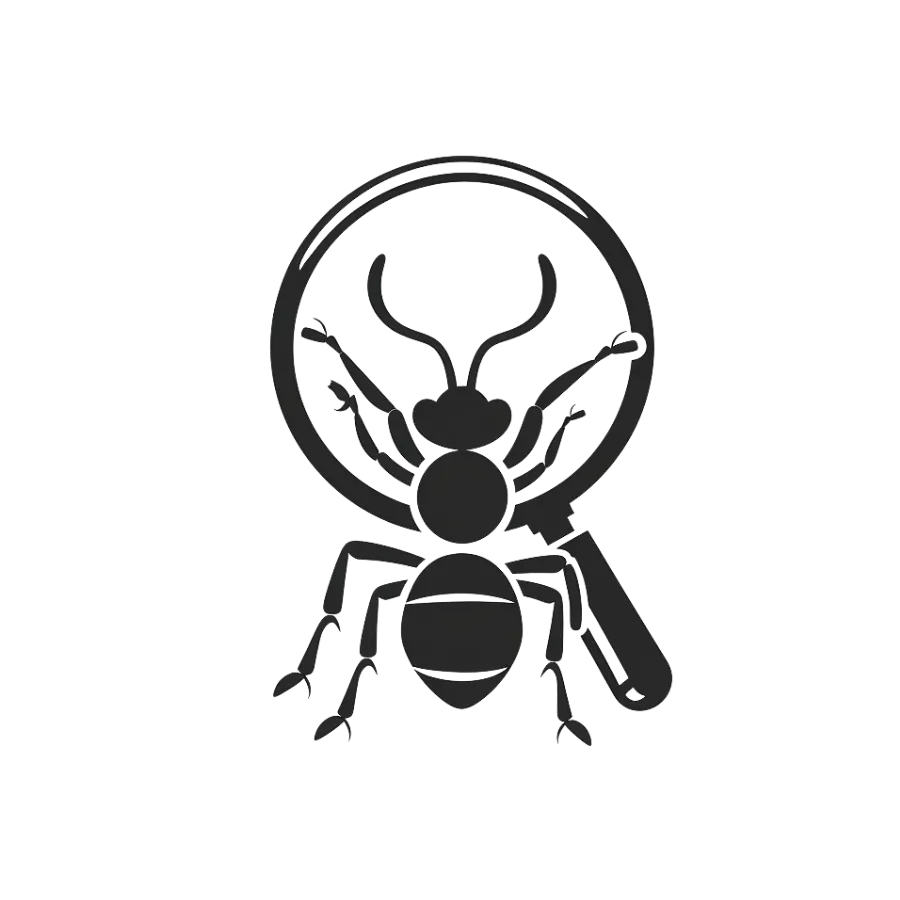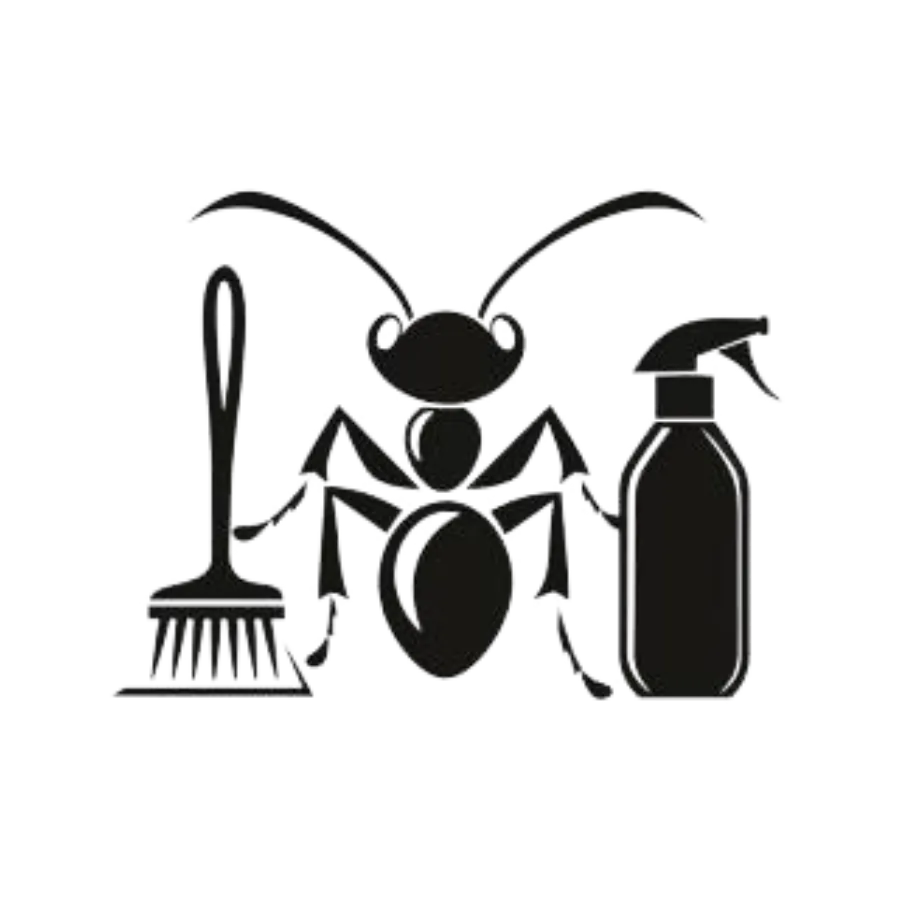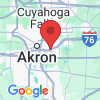
Carpenter Ant Exterminator
Akron OH
Protect Your Home from Destructive Carpenter Ants with Expert Extermination
Enhancing Comfort and Preserving Your Home
Why Do You Need Carpenter Ant Exterminator In Akron?
✔ Prevents Costly Structural Damage: Carpenter ants burrow into wood to create nests, weakening the integrity of your home over time. Professional extermination stops infestations before they cause expensive repairs.
✔ Accurate Identification & Targeted Treatment: Not all ants are the same—our experts accurately identify carpenter ant colonies and use targeted treatments to eliminate them effectively.
✔ Long-Term Protection & Prevention: Beyond extermination, we implement preventative measures to keep carpenter ants from returning, safeguarding your home year-round.
✔ Safe & Eco-Friendly Solutions: Our treatments are designed to eliminate carpenter ants while being safe for families, pets, and the environment.
✔ Comprehensive Inspection & Custom Plans: Every home is different, which is why we provide thorough inspections and tailor our extermination strategies to your property’s specific needs.
Strategic Approach to Carpenter Ant Extermination
Our Comprehensive
Four-Step Approach to Akron Carpenter Ant Extermination

Step 1: Detailed Inspection & Infestation Assessment
Locating the Source and Evaluating Damage
Our process begins with a thorough interior and exterior inspection to locate carpenter ant nests and assess the extent of damage. We identify entry points, satellite colonies, and conditions that may be attracting these destructive pests. This inspection allows us to develop a precise treatment plan tailored to your property.

Step 2: Targeted Treatment Plan
Eliminating the Colony at Its Core
Once we locate the infestation, we apply specialized dust treatments to key problem areas, penetrating deep into nests to eliminate carpenter ants at the source. Interior treatments are also applied strategically to push ants out of wall voids and nesting sites, stopping further damage.

Step 3: Precision-Based Application & Removal
Ongoing Treatment for Maximum Effectiveness
Because carpenter ants can be persistent, our extermination service includes three follow-up treatments spaced one week apart. This ensures that all remaining ants and hidden colonies are effectively removed, preventing reinfestation and eliminating the problem completely.

Step 4: Monitoring & Preventative Solutions
Long-Term Protection for Your Home
After extermination, we provide homeowners with expert guidance on preventing future carpenter ant infestations. This includes sealing entry points, removing moisture sources, and applying protective exterior treatments. Our continuous monitoring ensures your home stays free of carpenter ants for the long haul.
Thorough
Inspection
Targeted
Treatments
Preventative
Solutions
Long Term
Monitoring
Thinking About What Our Akron Clients Say?
Review customer opinions on our carpenter ant Extermination services.

Schedule a Pest Inspection
Ready to schedule a pest inspection? Contact us today.
Carpenter Ant FAQs
What are carpenter ants, and why are they a problem?
Carpenter ants are large ants that burrow into wood to create nests, potentially causing structural damage to homes. Unlike termites, they don’t eat wood but hollow it out for nesting.
How can I tell if I have a carpenter ant infestation?
Signs of an infestation include piles of sawdust-like frass near wooden structures, faint rustling noises inside walls, and sightings of large black or reddish-brown ants, especially at night.
What attracts carpenter ants to my home?
Carpenter ants are drawn to moisture-damaged or decaying wood, food sources like sweets and proteins, and easy entry points such as cracks in walls or foundation gaps.
Can carpenter ants cause serious damage to my home?
Yes. Over time, carpenter ants can weaken wooden structures by tunneling through them, leading to costly repairs if the infestation is left untreated.
How does Pierce Pest Control treat carpenter ant infestations?
Our process includes a thorough inspection to locate nests, followed by targeted dust treatments and residual sprays to eliminate ants inside walls and prevent reinfestation. We also provide follow-up treatments to ensure complete eradication.
How long does it take to get rid of carpenter ants?
Treatment effectiveness depends on the severity of the infestation, but most cases require three visits spaced one week apart to fully eliminate the colony.
Will carpenter ants return after treatment?
With proper treatment and preventative measures, reinfestation is unlikely. We also offer follow-up inspections and advice on moisture control and wood repair to deter future infestations.
Are the treatments safe for pets and children?
Yes. Our treatments are designed to be safe for families and pets when used as directed. We take precautions to apply products in targeted areas with minimal exposure risks.
Can I get rid of carpenter ants on my own?
DIY methods like bait traps and sprays may kill some ants but won’t eliminate the entire colony. Professional treatment is recommended for complete and lasting eradication.
How can I prevent carpenter ants from coming back?
To prevent future infestations, eliminate moisture problems, seal entry points, store food properly, and remove decaying wood from around your home. Regular inspections can also help detect early signs of activity.

